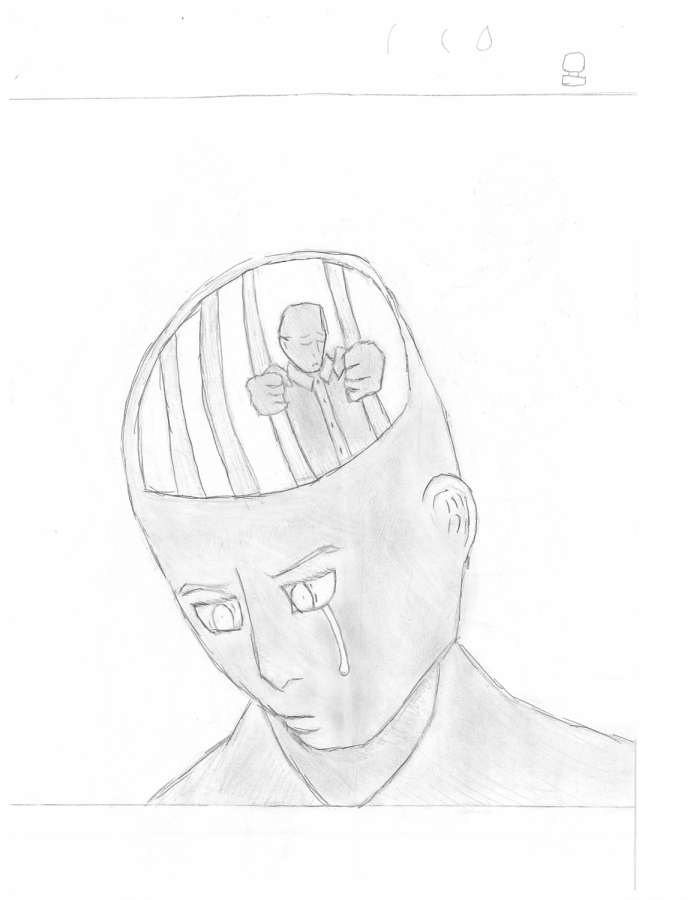Making mental health resources more accessible
November 6, 2018
The mental health epidemic within California, as well as the United States as a whole, is a serious crisis that lacks proper attention.
The California Health Care Foundation reports that nearly one in six Californians require some sort of mental health treatment. The problem impacts teenagers on an even larger scale. Over two-thirds of adolescents in California have their mental health issues go untreated. Additionally, the Center For Disease Control estimates that one in five adolescents have exhibited signs of mental illness.
Due, in part, to this epidemic of mental health issues, suicide remains the second leading cause of death amongst Americans under 24, according to the American Academy of Child and Adolescent Psychiatry, making the addressing of this issue all the more important.
This crisis impacts the Bonita Vista community significantly. Approximately 38% of BVH students have reported that their mental health issues have affected them while a student at BVH.
Such a widespread issue requires full mobilization of resources by school officials to combat it. According to studies conducted by the medical journal Lancet, schools are the ideal environment to address mental illness in youth due to the significant influence schooling has in their lives. The study also concludes that in other states and countries, such as Australia, the introduction and publicization of mental health resources was of significant short and long term benefits to students.
Despite this, nearly half of the student population remains unaware of mental health resources, such as peer counseling or the school psychologist, that are available to assist students. Furthermore, of the students aware of the resources available, only 36% have ever used them.
This troubling data indicates more must be done to assist the large proportion of BVH students struggling with their mental health. While resources are in place, many students that struggle with their mental health unfortunately remain unaware of them.
Part of this may lie in the complicated psychology surrounding mental illness, causing those who struggle fail to seek treatment.
A report conducted by the Association for Psychological Science finds that 40% of Americans with a serious mental illness don’t seek treatment. The study cites mental health stigma as a major cause, along with a severe lack of knowledge and understanding about mental health issues amongst people. These two factors often compel those who suffer to not look for, and receive help.
Awareness can go a long way. BVH staff should publicize mental health resources to students to ensure they can receive the treatment they need. In addressing the mental illness crisis in education, the Department of Psychology at the University of California, Los Angeles, recommends properly defined guidelines for mental health to established in schools, as well as the promotion of multifaceted approaches for addressing mental health issues on campus.
While a framework for tackling mental illness is present in BVH, not enough students know about or use them. Students in need of these resources must be knowledgeable of how to access pre-existing resources on campus, as well as where to seek further assistance.
One method of promoting these resources would be a simple class visit at the beginning of the year by counselors and school psychological staff. The class visit can encompass common mental health disorders, such as ADHD, anxiety and depression, as well as their symptoms and recommended treatment options. During these visits, mental health resources available to the BVH community can be explained and made known to students. Health resources and treatment options that are off-campus can also be detailed during these class visits. Doing so would make serious progress in ensuring BVH students know what to do when faced with mental illness.
It’s easy to see some teachers express concern of a class day used up. This is an understandably valid concern, but a mental health crisis of this magnitude requires significant attention. While class visits may take away a day of class from students, to the population of the BVH community that grapples with mental illness daily, it can possibly wind up adding years to their lives.







